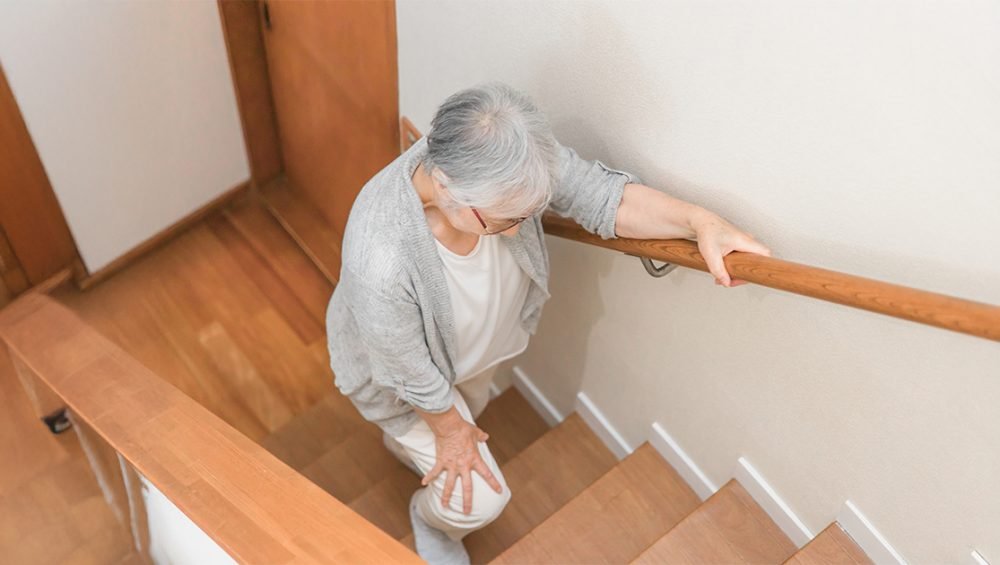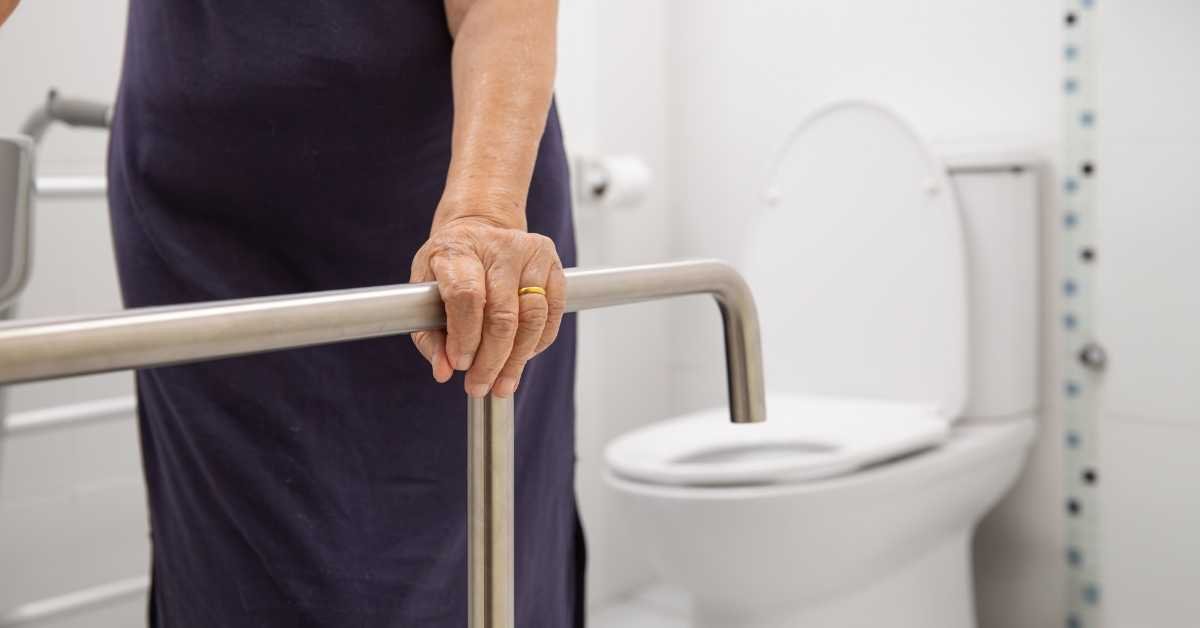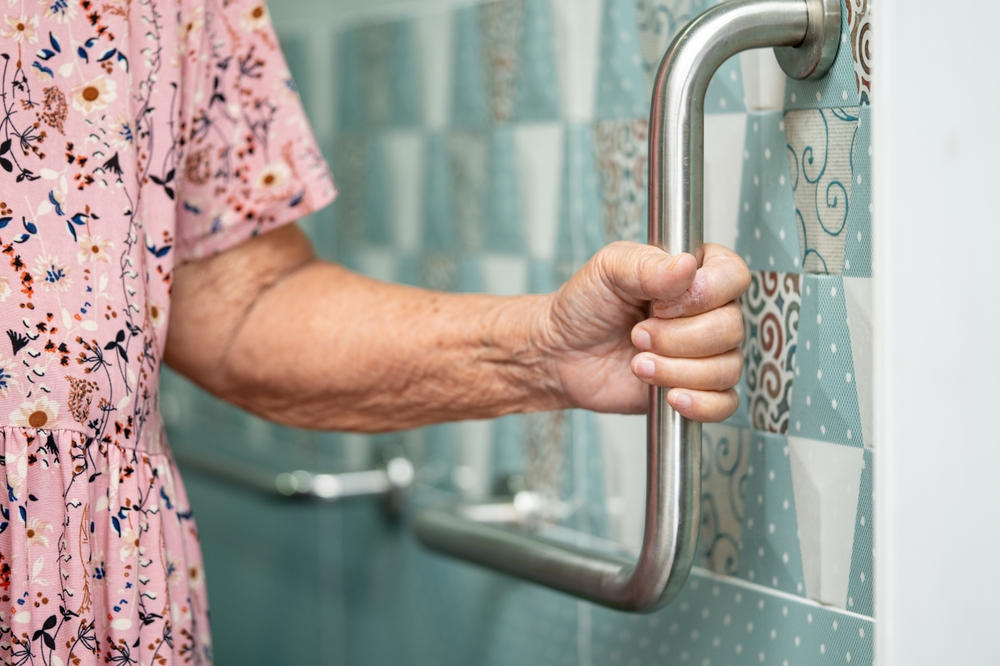As our loved ones age, creating a safe and comfortable living space becomes a priority. Understanding home renovation tips for elderly can significantly enhance their quality of life. By making thoughtful adjustments, we can help seniors maintain their independence while ensuring their safety. In this article, we will explore various strategies to transform a regular home into a senior-friendly haven.

Understanding the Needs of the Elderly
Before diving into specific renovation ideas, its crucial to understand the unique needs of the elderly. Accessibility, safety, and comfort are key factors to consider. Many seniors face mobility challenges, so it’s important to ensure that their environment is adaptable to these needs.
Accessibility Features
One of the primary concerns in home renovation for the elderly is accessibility. Hallways and doorways should be wide enough to accommodate wheelchairs or walkers. Additionally, installing ramps instead of stairs or adding stairlifts can make a significant difference.
Bathroom Safety
The bathroom is a common area for accidents among seniors. Installing grab bars, non-slip mats, and a walk-in shower or tub can greatly reduce the risk of falls. Consider using contrasting colors for floors and walls to help those with visual impairments navigate more easily.
Improving Home Safety
Safety is paramount when renovating a home for the elderly. It’s essential to address potential hazards that could lead to falls or injuries.
Lighting Enhancements
Proper lighting can prevent many accidents. Ensure that all areas of the home are well-lit, and consider adding motion-sensor lights for convenience. Nightlights in hallways and bathrooms can also be beneficial.
Fire Safety
Install smoke detectors and carbon monoxide alarms throughout the home. Ensure that fire extinguishers are easily accessible. Educate seniors on what to do in case of a fire, and develop an emergency exit plan.
Enhancing Comfort
Comfort is just as important as safety. Creating a cozy and inviting environment can improve the overall well-being of the elderly.
Temperature Control
Older adults are often more sensitive to temperature changes. Ensure that the home has a reliable heating and cooling system. Consider installing a smart thermostat that can be easily adjusted.
Furniture Selection
Choose furniture that is not only comfortable but also easy to use. Chairs and sofas should have firm cushions and armrests to assist with sitting and standing. Avoid furniture with sharp edges, and ensure that pathways are clear.
Technology Integration
Technology can play a significant role in enhancing the safety and convenience of a senior’s home. Consider integrating the following:
Smart Home Devices
Devices such as Alexa can help seniors control lights, thermostats, and more with voice commands. This can be especially helpful for those with limited mobility.
Medical Alert Systems
Having a medical alert system can provide peace of mind for both seniors and their families. These systems can quickly connect users to emergency services if needed.
Simple Adjustments with Big Impacts
Sometimes, small changes can make a big difference. Here are a few simple adjustments that can significantly improve the safety and comfort of a seniors home:
Declutter
Keeping the home free of clutter can prevent trips and falls. Ensure that pathways are clear, especially in frequently used areas.
Flooring Choices
Choose non-slip flooring materials, and avoid rugs that could cause tripping. If rugs are necessary, ensure they have a non-slip backing.
Creating a Supportive Environment
Beyond physical adjustments, creating a supportive environment is crucial for the elderly. Encourage social interaction and ensure that they have easy access to medical care and community resources.
Community Resources
Connecting seniors with local community resources can provide additional support. Many communities offer programs that cater to the needs of the elderly.
Family Involvement
Family members should be actively involved in the renovation process. Regular check-ins and visits can make a big difference in a seniors life, offering emotional support and ensuring their needs are met.
For more insights on creating a safe home environment for seniors, visit Keppel Real Estate.
Conclusion
By understanding and implementing these home renovation tips for elderly, we can create a living space that prioritizes safety, accessibility, and comfort for our aging loved ones. It’s about making thoughtful changes that cater to their needs, ensuring they can enjoy their golden years with dignity and independence.

FAQs
What are essential features for a senior-friendly bathroom?
Essential features include grab bars, non-slip mats, a walk-in shower or tub, and contrasting colors for better visibility.
How can technology help in making homes safer for the elderly?
Technology such as smart home devices and medical alert systems can enhance safety by providing easy control over home features and quick access to emergency services.
What are some cost-effective ways to improve home safety for seniors?
Simple adjustments like decluttering, improving lighting, and using non-slip flooring can be cost-effective ways to enhance safety.
This article contains affiliate links. We may earn a commission at no extra cost to you.






